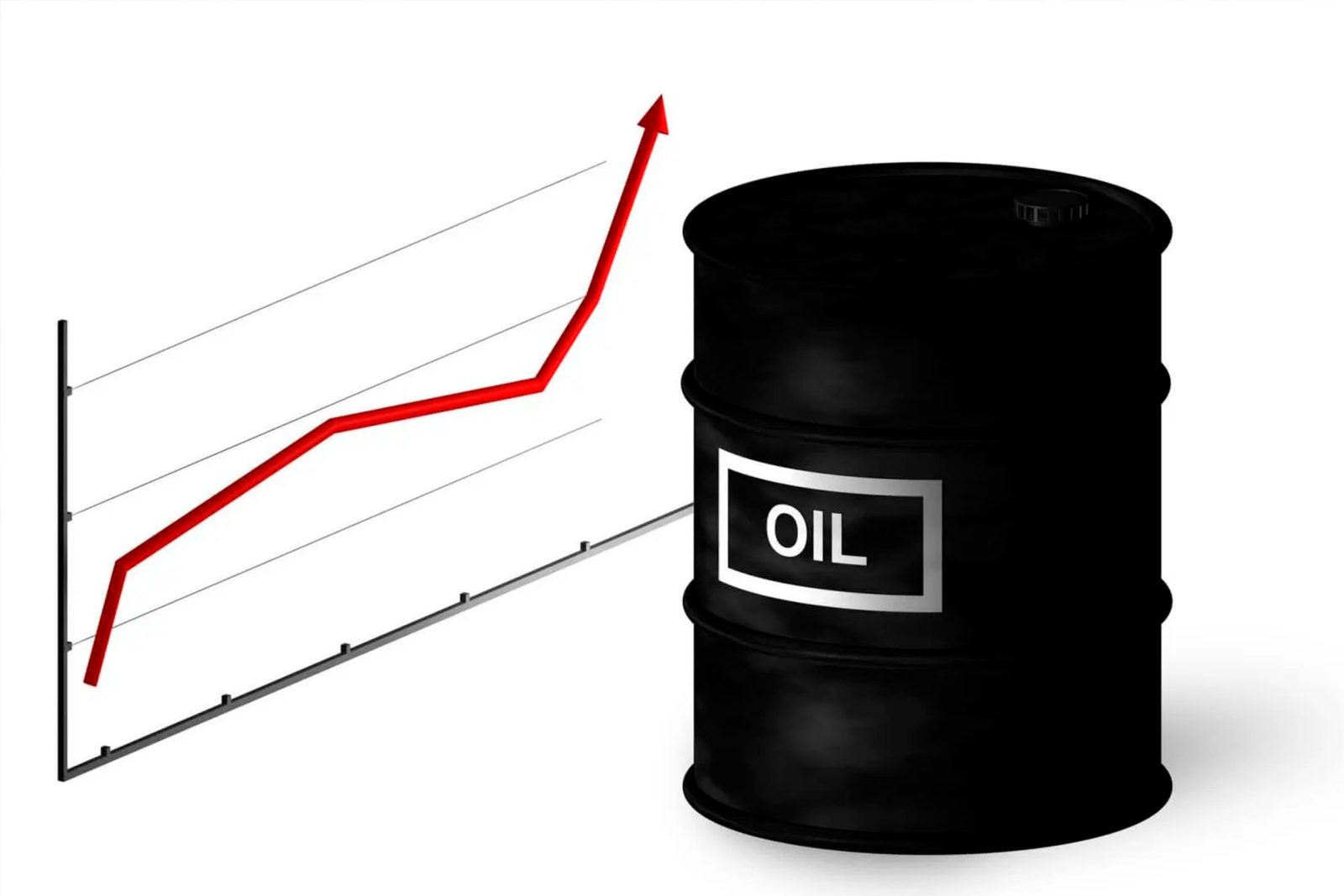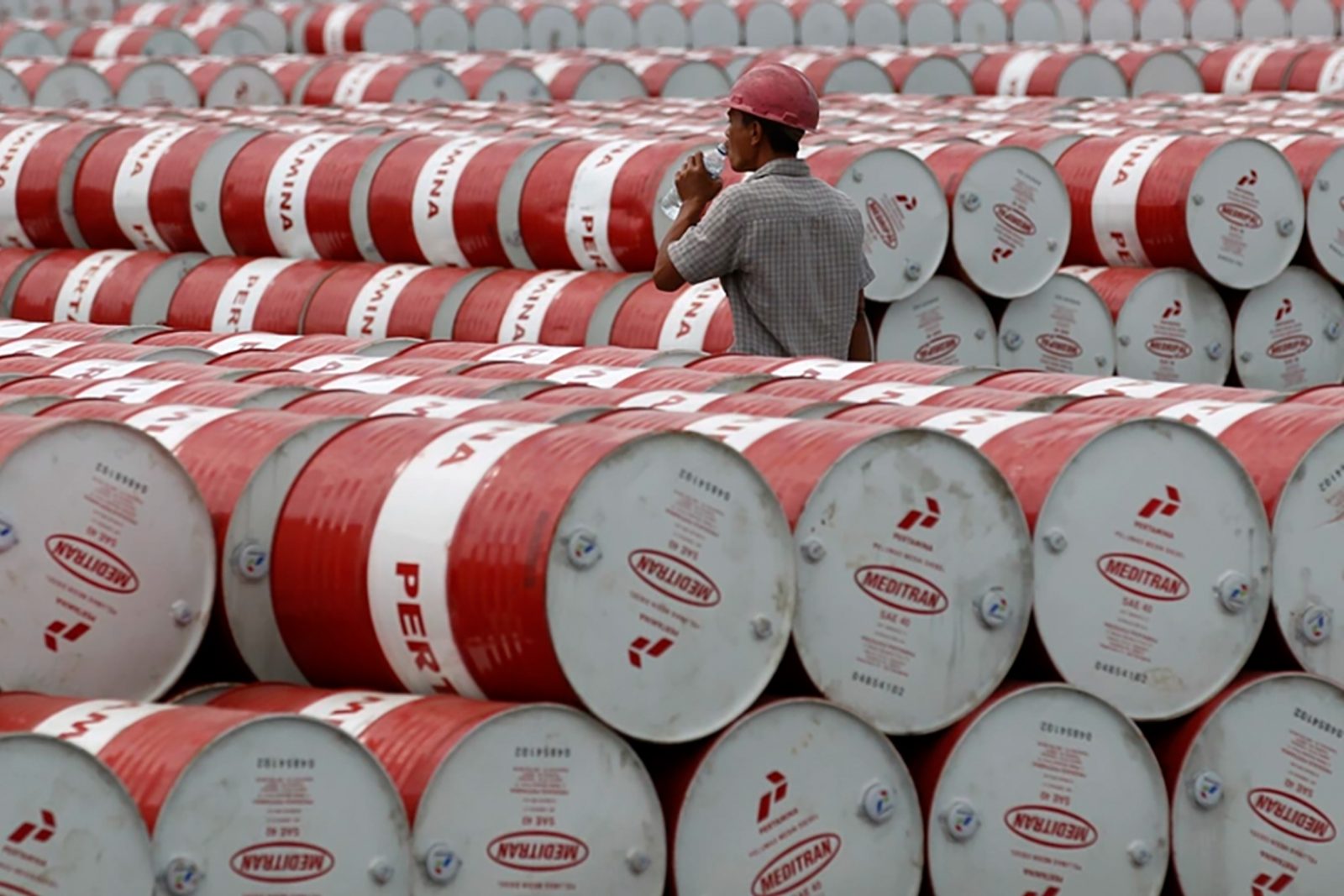2019 oil price trend: what can we anticipate for the world’s oil market?


2019 oil price trend: what can we anticipate for the world’s oil market?
The World Bank’s oil price outlook for 2019 predicts that the average crude oil price will be around $66 per barrel this year, slightly lower than earlier projections. This downward revision is attributed to a weaker global growth outlook and higher-than-expected US oil production. The ongoing trade tensions between the US and China have continued to exert downward pressure on oil prices. However, there remains potential for crude oil to see gains in 2019, with OPEC actively managing oil inventories. The Organisation for Economic Co-operation and Development (OECD) has emphasized that trade tensions, particularly those stemming from tariffs imposed by the US and China in 2018, have negatively impacted global growth and contributed to inflation. The response of OPEC and its allies to the weakening oil price outlook will play a significant role in determining future oil price trends. The collaboration between OPEC and partner countries has the potential to support oil prices by preventing an oversupply of crude. Recent efforts by OPEC to reduce production have aimed to stabilize the oil market. Since the beginning of 2019, crude oil prices have experienced a notable increase of nearly 30%, although they have not fully recovered from the 40% drop in the fourth quarter of 2018.
The Short-term Energy Outlook from the US Energy Information Administration predicts that OPEC countries will see a decline in crude oil production, with an average of 30.3 million barrels per day, which is 1.7 million barrels lower than in 2018. This downward trend in production is expected to continue into 2020, with a forecasted average of 29.8 million barrels per day. The report also anticipates a decrease in global oil inventories in 2019 and a modest increase in 2020. Global oil demand is projected to rise by 1.4 million barrels in 2019 and 1.5 million barrels in 2020. Looking ahead, crude oil prices will depend on various factors, including supply and demand dynamics in international markets. Key factors influencing price expectations include US crude oil stocks, OPEC oil supply decisions, and US shale oil production. In December 2018, OPEC and its partners agreed to reduce oil production by 1.2 million barrels per day, effective from January for a six-month period. This agreement has helped support oil prices despite rising US oil inventories. In April, Brent crude oil prices reached $71 per barrel. Various forecasts offer different perspectives on future oil prices. The OECD Economic Outlook (as of November 2018) was more bullish, projecting a per-barrel oil price of $80 in 2019. The IMF’s Primary Commodity Prices Projections forecast lower prices, with Brent crude oil reaching $53 per barrel and WTI at $50 per barrel by 2020. The World Bank’s estimations suggest that major oil benchmarks, including WTI, Brent, and Dubai, will continue to grow after 2020, reaching $70 per barrel by 2030. The trajectory of oil prices in 2019 will depend on the interplay of these supply and demand factors and the response of major oil-producing nations like OPEC. As of the end of May 2019, Brent crude oil prices stood at around $67 per barrel, while US crude oil was at $58 per barrel.
Get back to Seikum News 🤓




